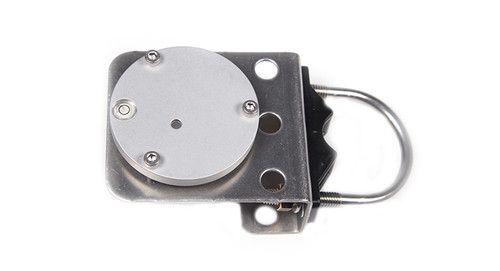Apogee's newest, cutting-edge ePAR sensor was created in 2021 as an upgrade to our ePFD sensor and designed to measure the newly defined 400 -750 nm ePAR radiation range that research has shown to be photosynthetically active, beyond the traditional 400-700 nm range. The SQ-618-SS ePAR sensor outputs a digital signal using Modbus RTU protocol over RS-232 or RS-485. The sensor features a rugged, aluminum housing that is fully-submersible and built to withstand harsh conditions, and high-quality cable terminating in pre-tinned pigtail leads for easy connection to dataloggers and controllers. The sensor cable includes an IP68 marine-grade stainless-steel cable connector to simplify sensor removal and replacement from permanent installations for maintenance and calibration. Typical applications of ePAR sensors include measuring total ePAR intensity over plant canopies in all growing environments, monitoring and adjusting grow lights, and researching plant morphogenic activity and photobiology. Many next generation LED fixtures, the sun, and other light sources emit these newly confirmed UV and Far-red photosynthetic wavelengths, but they have not been measurable by traditional 400-700 nm PAR meters until now.
The analog version of this sensor (SQ-610) comes with the inline cable connector placed 30 cm from the sensor head for either standard use as a long-cable pigtail sensor, or for use with our microCache Bluetooth Micro Logger by unscrewing the connector, discarding the long section of cable and then screwing the sensor to the mating connector on the microCache.
FOR MORE PRODUCT INFORMATION, CHECK OUT THESE LINKS
MORE INFORMATION ON APOGEE ePAR SENSORS >> click here
The SQ-618 is an extended photosynthetically active radiation (ePAR) sensor with a spectral range of 380 to 760 nm ± 5 nm, which can be seen in the graph below.

The SQ-610 is used for measuring the newest generation of LED grow lights with wavelengths outside the traditional 400-700 nm PAR range. Research has shown the value of adding UV and far-red LEDs to fixtures to achieve various disease control and photomorphogenic effects. The extended range filter of the SQ-610 allows it to measure photons from UV and Far-red.


















